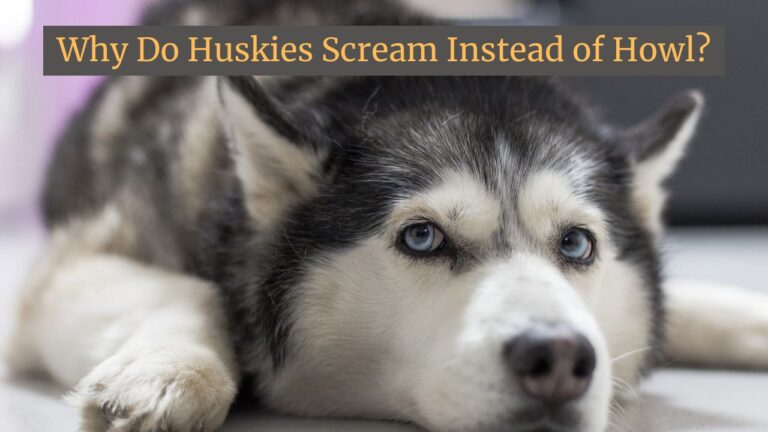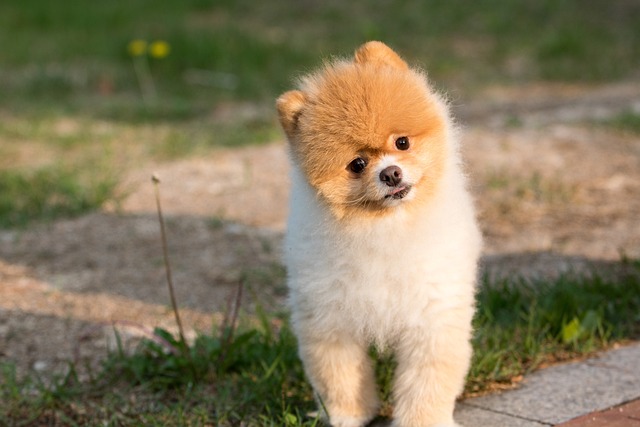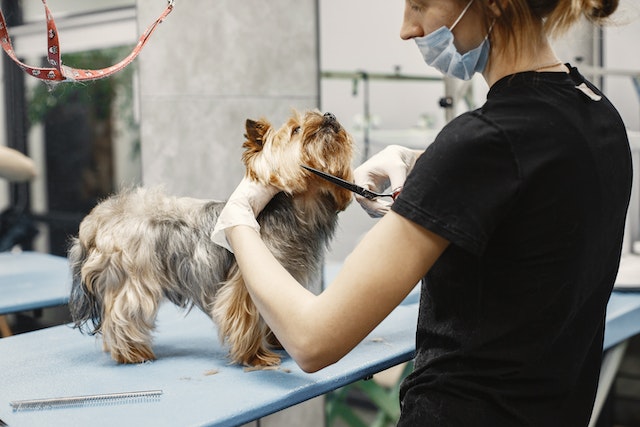Why does my dog wag his tail when I talk to him?
There are many dog owners who ask this question: “Why does my dog wag his tail when I talk to him?” on a regular basis, and we are going to discuss this today.
If you’re a dog owner, you may have noticed that your dog wags his tail when you talk to him. But have you ever wondered why dogs do this? In this article, we’ll explore the reasons behind this behavior and what it could mean for your relationship with your pet.
Understanding Your Dog’s Tail Language
Before we dive into the question, “Why does my dog wag his tail when I talk to him?” It’s important to understand the various meanings behind different tail movements.
A wagging tail doesn’t always indicate happiness or excitement. In fact, the position of your dog’s tail can tell you a lot about how they’re feeling. Here are some common tail movements and their corresponding meanings:
- High and stiff: This indicates that your dog is feeling alert or possibly aggressive.
- Low and tucked: Your dog is feeling anxious or fearful.
- Rapid side-to-side wag: Your dog is excited or happy.
- Slow and deliberate wag: This can indicate uncertainty or a potential threat.
Now that you know the basics of tail language, let’s look at why your dog wags his tail when you talk to him.
Reasons: Why does my dog wag his tail when I talk to him?
Affection
When your dog wags his tail while you talk to him, it’s often a sign that they’re happy and affectionate towards you. Dogs are social animals and thrive on human interaction, so they may express their joy through tail wagging.
Communication
Tail wagging is also a form of communication for dogs. They may use it to convey a message to you or to other dogs. For example, your dog may wag his tail when he wants to play, when he is feeling submissive, or even when he is hungry and needs food.
Positive Reinforcement
If you’ve trained your dog using positive reinforcement, he may associate tail wagging with getting a reward or praise. So when you talk to him, he may wag his tail in anticipation of a treat or kind words.
Emotional Regulation
Dogs may also wag their tails as a way to regulate their emotions. Just like humans use physical movements to calm themselves down, dogs may use tail wagging to manage their stress levels.
Breed-Specific Behavior
Some dog breeds are known for wagging their tails more than others. For example, Labrador Retrievers are notorious for their constant tail wagging, while Greyhounds tend to be more reserved. Your dog’s breed could play a role in how often and how vigorously they wag their tail.
Tail wagging can be context-specific
While tail wagging is generally a sign of happiness and excitement, it’s important to note that it can also be context-specific. For example, if your dog is wagging its tail while barking or growling, it could be a sign of aggression rather than happiness. Similarly, if your dog is wagging their tail while backing away from you, they could be feeling fearful or submissive rather than playful.
Tail wagging can be a form of greeting
In addition to expressing happiness and excitement, dogs may also wag their tails as a form of greeting. When dogs meet each other, they often sniff each other’s rear ends and then wag their tails as a way of showing that they are friendly and non-threatening. Similarly, when you come home and your dog wags their tail, it could be their way of saying “hello” and welcoming you back.
Recommended articles:
- Why does my dog always lay on me?
- Why is my Dog Calm Around Me But Not My Husband?
- Why does my dog misbehave for me but not my husband?
How Do Dogs Without Tails Communicate?
Dogs without tails communicate in many of the same ways as dogs with tails. While a dog’s tail can certainly be used as a communication tool, dogs also rely on a variety of other body language cues to convey their feelings and intentions to other dogs and humans.
For example, a dog without a tail may use its ears, eyes, and body posture to communicate. It may raise its hackles to signal aggression, flatten its ears against their heads to show fear or submission, or make eye contact to assert dominance or show affection. Dogs without tails may also use vocalizations such as barking, growling, or whining to communicate.
It’s important to note that not all dogs without tails have had their tails docked. Some breeds, such as the Australian Shepherd and the Pembroke Welsh Corgi, are naturally tailless. So in these cases, these dogs have evolved to rely on other forms of communication to interact with other dogs.
Why does my dog wag his tail when I talk to him? Frequently Asked Questions
Why does my dog wag his tail when he sees me?
If your dog wags its tail when it sees you, it’s likely because it’s happy and excited to see you. Dogs are social animals and enjoy spending time with their human companions, so they may express their joy and affection by wagging their tails.
Additionally, dogs are able to recognize their owners through scent, sight, and sound, so when they see you, they may become even more excited and start wagging their tails.
However, it’s important to note that tail wagging can have different meanings depending on the context and the dog’s body language, so it’s a good idea to observe your dog’s behavior and other cues to understand what they’re trying to communicate.
Why doesn’t my dog wag his tail when he sees me?
If your dog doesn’t wag its tail when it sees you, there could be a few possible reasons:
Your dog is not feeling well
If your dog is sick, in pain, or feeling unwell, it may not have the energy or desire to wag its tail. In this case, you may notice other signs of illness, such as lethargy, a lack of appetite, or vomiting.
Your dog is feeling anxious or fearful
If your dog is anxious or scared, it may not wag its tail when it sees you. In fact, it may exhibit other signs of fear or anxiety, such as trembling, cowering, or hiding.
Your dog is not used to wagging its tail: Some dogs may not wag their tails frequently or may have a naturally low tail carriage. This doesn’t necessarily mean that they’re unhappy or unfriendly, but rather that they express their emotions and intentions differently.
Your dog is in a new or unfamiliar environment
If your dog is in a new or unfamiliar environment, it may be cautious or unsure and may not wag his tail when he sees you until it feels more comfortable and secure.
Your dog is focused on something else
Finally, it’s possible that your dog is simply focused on something else, such as a toy, food, or another person or animal. In this case, it may not notice you or may not have the attention span to wag its tail.
Conclusion
Tail wagging is a complex behavior that can have multiple meanings depending on the situation. When your dog wags his tail when you talk to him, it’s likely a sign of affection and happiness.
However, it’s important to pay attention to other body language cues to ensure that your dog is truly comfortable and content. By understanding your dog’s tail language, you can strengthen your bond and create a happy, healthy relationship with your dog.







